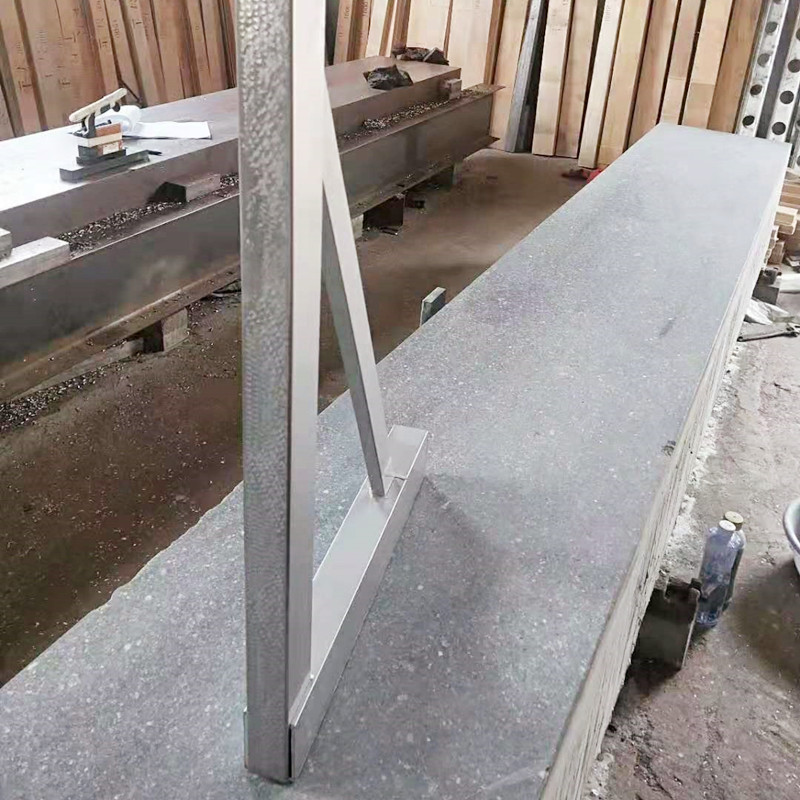Dec . 18, 2024 20:09 Back to list
three types of micrometers
Three Types of Micrometers A Comprehensive Overview
Micrometers are precision measuring instruments that are essential in various fields, including engineering, manufacturing, and science. They are primarily used to measure small distances with high accuracy, making them indispensable in the production of machinery and intricate components. Although there are several types of micrometers, three primary types are widely recognized the outside micrometer, the inside micrometer, and the depth micrometer. Each type serves a unique purpose and is tailored to specific measuring needs.
1. Outside Micrometer
The outside micrometer is the most commonly used type of micrometer, designed to measure the external dimensions of an object. It typically consists of a frame, an anvil, a spindle, and a thimble. The object is placed between the anvil and the spindle, which is then adjusted by turning the thimble until it makes contact with the object. The measurement is read from a scale on the sleeve and a graduated circular scale on the thimble, allowing for precise readings down to one-thousandth of a millimeter or finer. Outside micrometers are widely used in fields such as mechanical engineering, where accuracy is crucial for the proper fitting of parts in assemblies.
One of the key advantages of outside micrometers is their versatility; they come in different sizes to measure various ranges. For instance, there are 0-25 mm, 25-50 mm, and 50-75 mm micrometers, among others. Beyond standard models, digital outside micrometers are also available, offering the convenience of electronic measuring and display functions that simplify reading and recording measurements.
While outside micrometers measure the external dimensions, inside micrometers are used for measuring internal dimensions, such as the diameter of holes or the spacing between two surfaces. An inside micrometer typically consists of a set of rods and a micrometer head. The rods can be adjusted to reach the desired depth or width, and the micrometer head functions similarly to that of the outside micrometer, with a thimble and a graduational scale for accurate readings.
three types of micrometers

Inside micrometers are particularly important in applications where precision is critical, such as in the fitting of bearings or seal arrangements. They come in various types and lengths, with some offering interchangeable rods for extended measuring capabilities. Just as with outside micrometers, digital options are also available, providing improved ease of use and enhanced accuracy.
3. Depth Micrometer
The depth micrometer is specifically designed to measure depths, such as the depth of slots, grooves, or holes. This type of micrometer features a flat measuring base and a depth rod that extends downward from the measuring head. To take a reading, the base is placed flat against the surface, and the depth rod is lowered into the hole or groove until it makes contact with the bottom. The measurement is then taken using the same mechanism as the other micrometers.
Depth micrometers are crucial in various fields, including machining and woodworking, where understanding the depth of cuts is essential for product integrity and functionality. Like other types, depth micrometers are also available in digital formats, which enhance the convenience and accuracy of measurements for users.
Conclusion
In conclusion, micrometers are vital tools in precise measurement across numerous industries. The outside micrometer, inside micrometer, and depth micrometer each serve distinct purposes, allowing for the accurate measurement of external sizes, internal diameters, and depths, respectively. Whether utilizing traditional analog models or modern digital designs, these instruments provide the precision that professionals rely on to ensure quality and accuracy in their work. Understanding the differences and specific applications of these three types of micrometers can greatly enhance one’s measuring capabilities and contribute to successful project outcomes.
-
Why Metric Trapezoidal Thread is Ideal for Precision Motion ControlNewsAug.05,2025
-
The Unique Properties of a Block of Granite for Industrial UseNewsAug.05,2025
-
The Role of Flanged Y Strainers in Preventing Pipeline ClogsNewsAug.05,2025
-
The Importance of Regular Calibration for Master Ring GagesNewsAug.05,2025
-
How a Cast Iron Surface Table Enhances Accuracy in ManufacturingNewsAug.05,2025
-
Comparing Different Check Valve Types for Optimal Flow ControlNewsAug.05,2025
Related PRODUCTS









